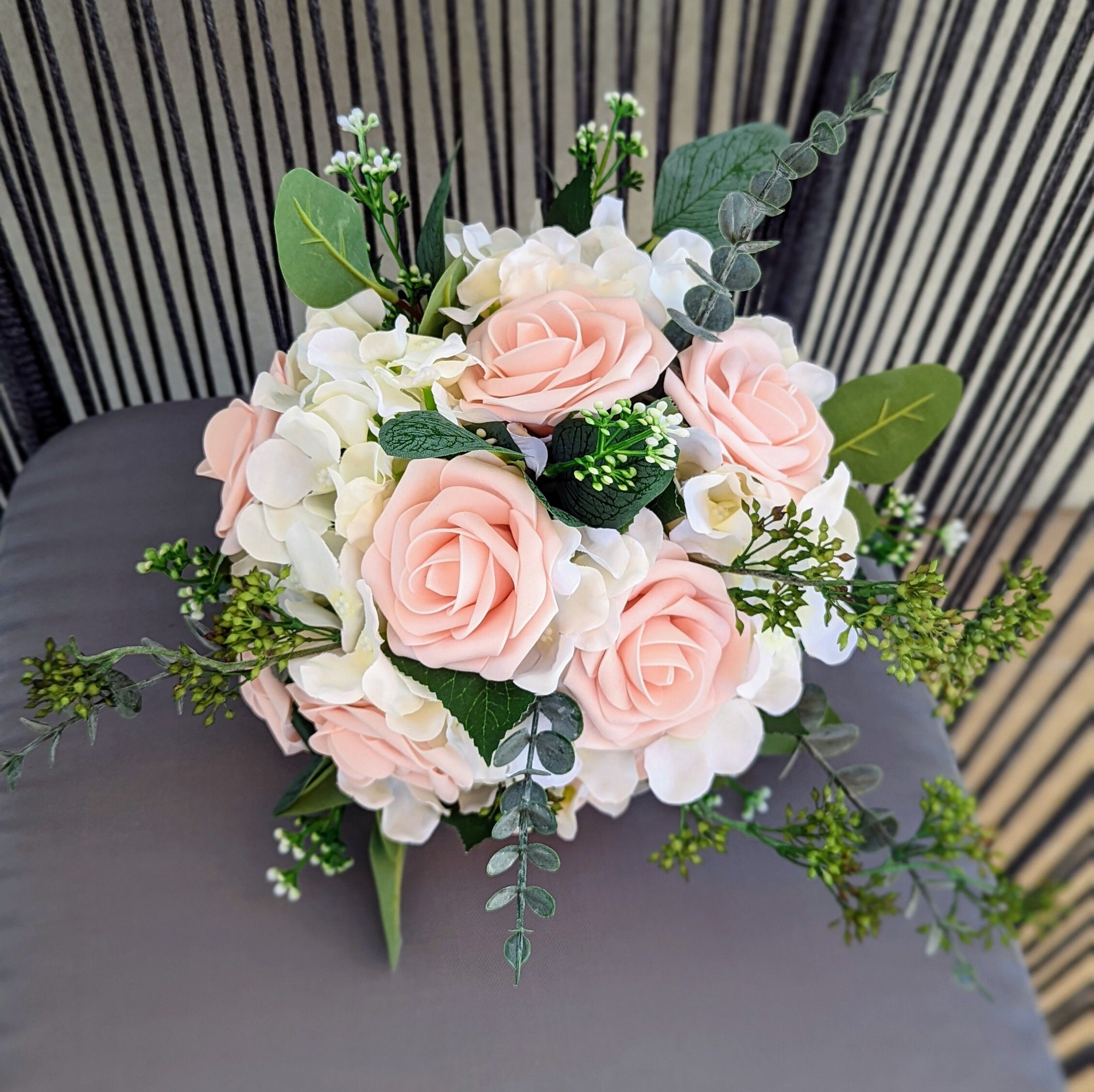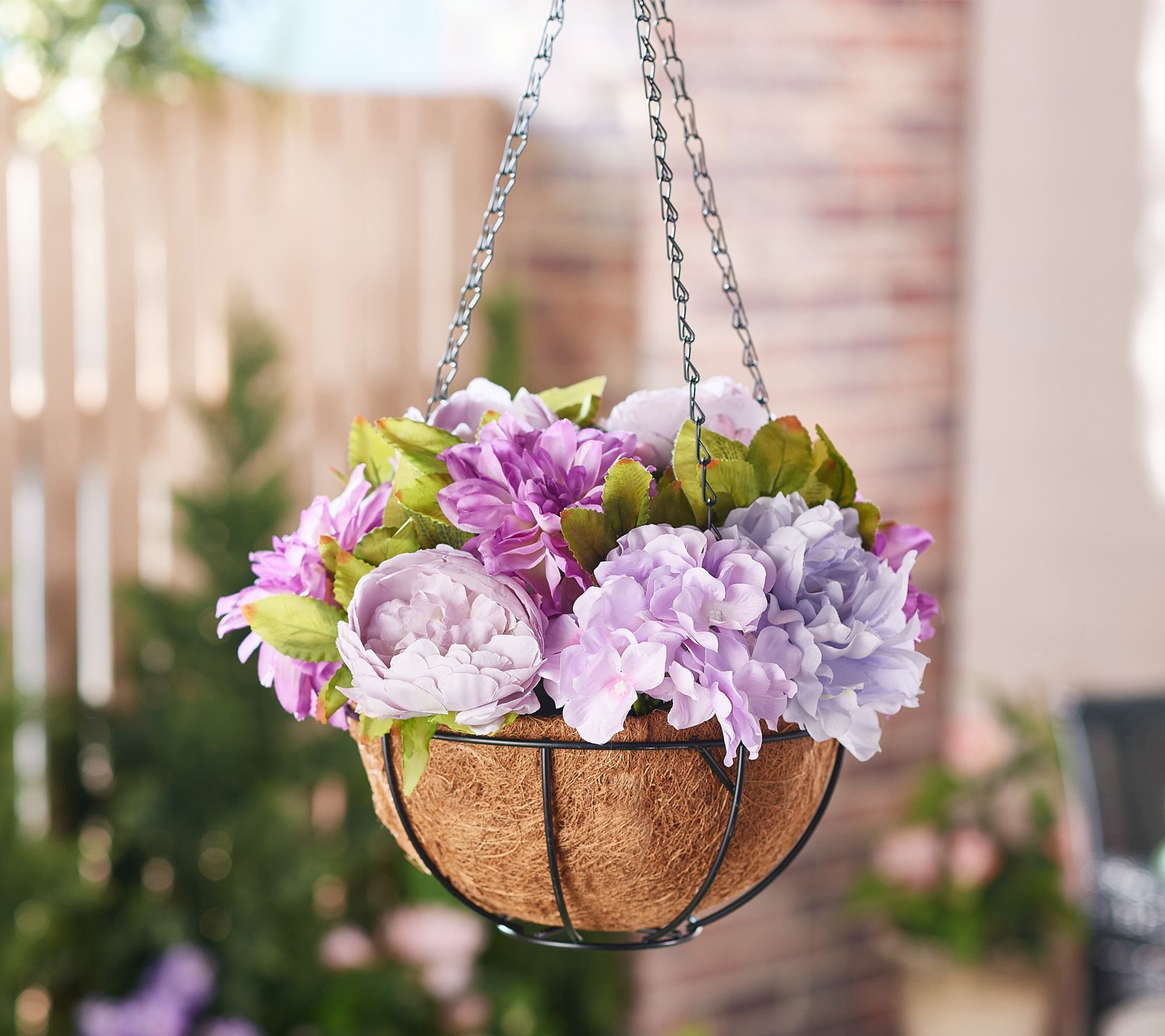The Floral Hydrangea: A Summertime Classic
The Floral Hydrangea: A Summertime Classic
Hydrangeas are one of the most popular flowering shrubs in the world, and for good reason. They are known for their large, showy blooms that come in a variety of colors, including white, pink, blue, and purple. Hydrangeas are also relatively easy to care for, making them a good choice for even novice gardeners.
Introduction
Hydrangeas are native to Asia and North America. They were first introduced to Europe in the 17th century, and quickly became popular garden plants. Hydrangeas are now grown in gardens all over the world.
There are over 70 species of hydrangeas, but the most common types are mophead hydrangeas, lacecap hydrangeas, and panicle hydrangeas. Mophead hydrangeas have large, round clusters of flowers. Lacecap hydrangeas have flowers with a flat center and a lacy fringe around the edges. Panicle hydrangeas have tall, cone-shaped clusters of flowers.
Main Content
Hydrangeas are a relatively easy plant to care for. They prefer full sun to partial shade, and moist, well-drained soil. Hydrangeas should be watered regularly, especially during the summer months. They should also be fertilized once a month during the growing season.
Hydrangeas are hardy in USDA zones 3-9. In colder climates, they may need to be protected from the cold in winter. Hydrangeas can be propagated by taking cuttings in the spring or fall.
Hydrangea Care
- Water regularly, especially during the summer months.
- Fertilize once a month during the growing season.
- Protect from the cold in winter.
- Prune in the spring.
Hydrangea Varieties
- Mophead hydrangeas: Large, round clusters of flowers.
- Lacecap hydrangeas: Flat center with a lacy fringe around the edges.
- Panicle hydrangeas: Tall, cone-shaped clusters of flowers.
Hydrangea Colors
- White
- Pink
- Blue
- Purple
Hydrangea Bloom Time
- Summer
Hydrangea Hardiness
- USDA zones 3-9
Hydrangea Propagation
- Take cuttings in the spring or fall.
Conclusion
Hydrangeas are beautiful, easy-care plants that can add a touch of elegance to any garden. With a little care, hydrangeas will thrive for many years to come.
If you're looking for more information about floral hydrangeas, I highly recommend visiting . This website is a wealth of knowledge on all things hydrangea, from different varieties to care tips. You can find everything you need to know about growing and enjoying these beautiful flowers.
The website is well-organized and easy to navigate. There are articles on a variety of topics, including plant selection, planting, watering, fertilizing, pruning, and pest control. There are also helpful videos and images to help you learn about hydrangeas.
In addition to its informative content, also offers a variety of resources for hydrangea enthusiasts. You can find a plant finder to help you choose the right hydrangea for your climate, a forum to connect with other hydrangea lovers, and a shop where you can buy hydrangea plants and supplies.
Whether you're a beginner or an experienced hydrangea grower, I'm sure you'll find to be an invaluable resource. So what are you waiting for? Visit today!
FAQ of floral hydrangea
- What is a floral hydrangea?
A floral hydrangea is a type of hydrangea plant that is grown for its beautiful flowers. Floral hydrangeas come in a variety of colors, including blue, pink, purple, and white. They are typically large shrubs or trees that can grow up to 15 feet tall. Floral hydrangeas are popular in gardens and floral arrangements.
- How do I care for a floral hydrangea?
Floral hydrangeas are relatively easy to care for. They need full sun to partial shade and moist, well-drained soil. They should be watered regularly, especially during hot, dry weather. Floral hydrangeas also benefit from being fertilized in the spring and fall.
- How do I get my floral hydrangea to change color?
The color of floral hydrangea flowers is determined by the acidity of the soil. In acidic soil, floral hydrangeas will bloom blue. In alkaline soil, they will bloom pink. You can change the color of your floral hydrangeas by adjusting the pH of the soil. To make the soil more acidic, add sulfur or peat moss. To make the soil more alkaline, add lime.
- How long do floral hydrangeas last?
The lifespan of a floral hydrangea depends on the variety. Some varieties can live for 50 years or more. Others may only live for 10-15 years. With proper care, most floral hydrangeas will live for many years.
- How do I use floral hydrangeas in floral arrangements?
Floral hydrangeas are a popular choice for floral arrangements because of their beautiful flowers and long vase life. They can be used in a variety of arrangements, from simple bouquets to elaborate centerpieces. When using floral hydrangeas in arrangements, it is important to choose a variety that will complement the other flowers in the arrangement. You should also consider the color of the flowers when making your selection.
Image of floral hydrangea
5 different images of "floral hydrangea" from Pinterest.com:
- A bouquet of white hydrangeas with pink accents.

- A single pink hydrangea flower with a dewy droplet on its petals.

- A cluster of blue hydrangeas against a green background.

- A hanging basket of hydrangeas with white, pink, and blue flowers.
- A wooden table decorated with a vase of hydrangeas and other flowers.


Post a Comment for "The Floral Hydrangea: A Summertime Classic"